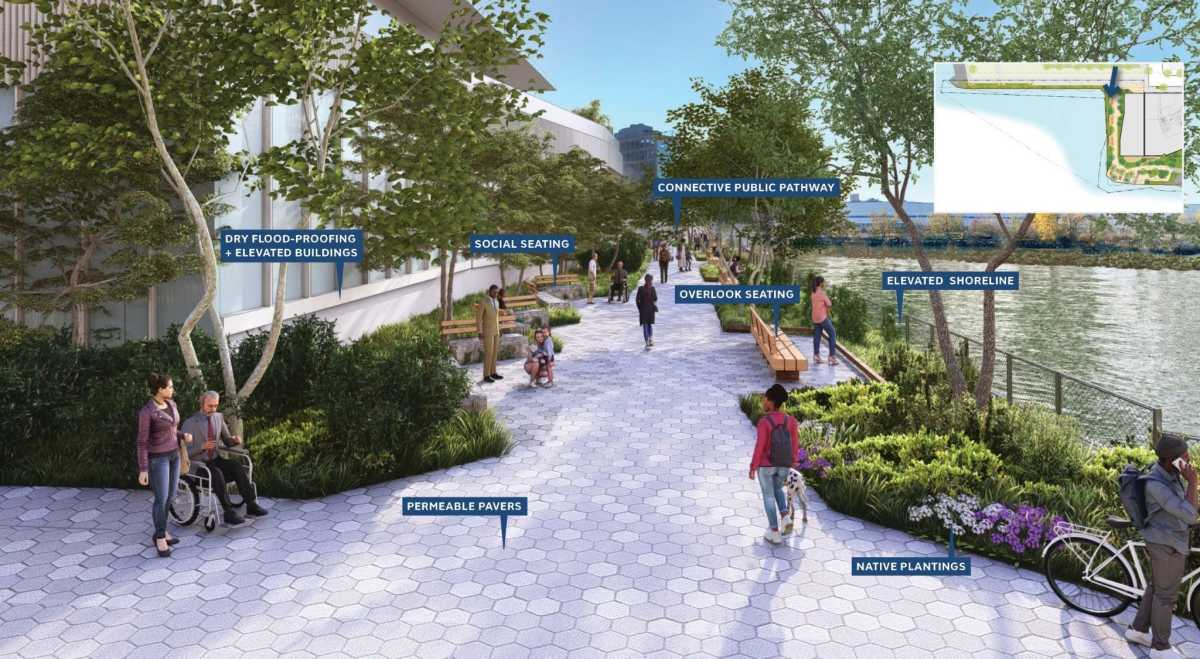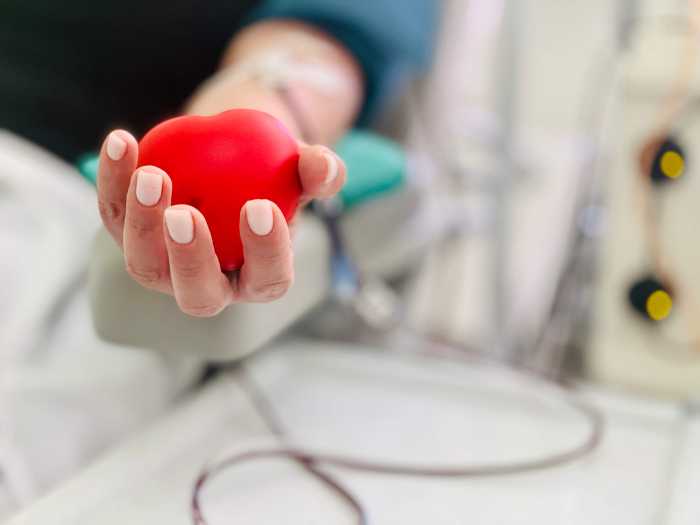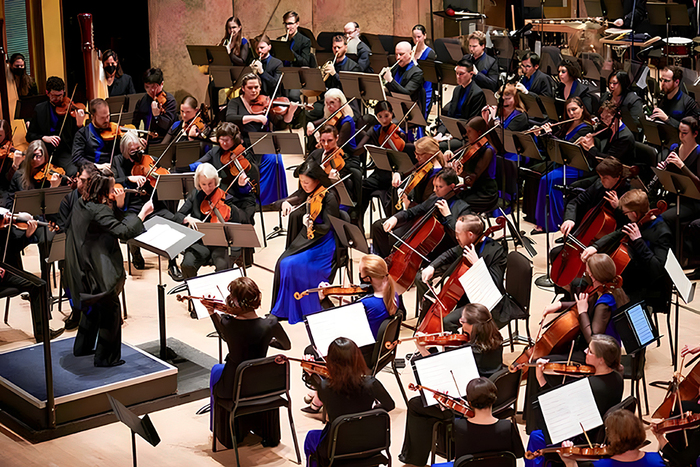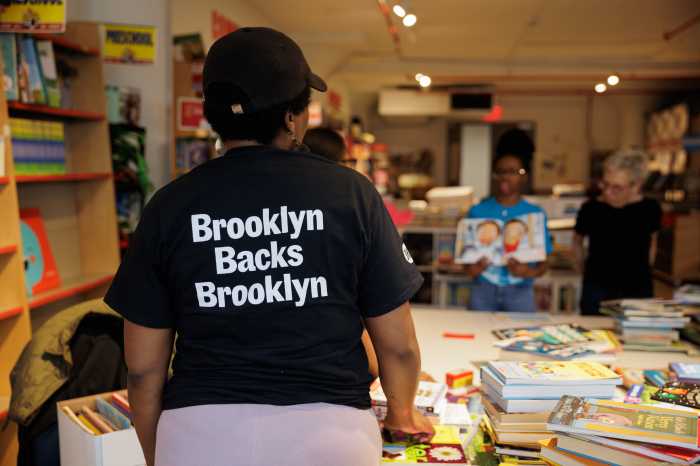Queens Boulevard, the 12-lane route barreling through the heart of Queens, was not built on a human scale.
You can tell from the kids who sprint, backpacks banging, across the 150 feet from curb to curb with the walk signal flashing, crossing guards beckoning them, holding trucks and SUVs at bay while frantically shouting at other pedestrians to stay within the crosswalk or risk mortal injury.
You can tell from the empty, thin medians, whose old protective fencing is graveyard-sinister.
And you can tell from the bikers who often ride on the sidewalk, rather than brave the traffic lanes, other than the often Lycra-clad, serious set who attempt the service road nonetheless.
The bikers are at the heart of the most recent attempt to remake Queens Boulevard in a safer, more human image, a bellwether of the slowly changing landscape of New York City streets.
Bikes, pedestrians and automobiles
The street became known as the Boulevard of Death in the 1990s for the high number of pedestrian and vehicular fatalities.
Despite traffic studies and changes to the roadway, Queens Boulevard remains a problem. There have been 19 total fatalities, including 12 pedestrians, on the boulevard since 2010, according to the city Department of Transportation.
The redesign uses various structural changes to safeguard pedestrians — extending the tips of medians to cut down the distance for pedestrians to travel, for example; and better delineating parking lanes to “calm,” or slow, traffic.
The most radical of these changes: replace a lane along the median in either direction with a protected bike lane.
The bike lane would clearly be a boon to bike riders who would no longer need to navigate heavy traffic, removing them from the chaotic flow. But the secondary purpose would be to contribute to traffic calming — when drivers see bikes next to them, they naturally slow.
The redesign is taking place in three stages, and the first, from Roosevelt Avenue to 73rd Street, has begun. There, the bike line is cordoned off with temporary (and flimsy) barriers. Ultimately, the object would be to make the barriers permanent and secure.
When those capital improvements take place, the city would also add space to the median, as even a protected bike lane is only approximately half the width of a car lane. The extra space would allow for a more spacious and pleasant “pedestrian mall,” as well as shorter hikes in open traffic to cross.
This week, the DOT presented the plan to the local community board for the second stage, stretching from 74th Street to Eliot Avenue. The board voted in favor of an amended plan that included much of the enhancements — but not the bike lanes.
Where do bikes belong?
Some community board members and residents are concerned that parking spots that would be lost for the bike lane.
District Manager Christian Cassagnol expressed the worry that bikers, who aren’t known for following traffic laws assiduously, would be just as dangerous to pedestrians as cars. The evidence for this is slim—11 people have been struck and killed by bikes citywide since 2000, compared with 2,434 fatalities from motor vehicles, according to city data.
But mostly, there is a sense that bikes just don’t belong.
Residents queried Thursday afternoon about whether they thought the bike lane would be a good idea, said that biking should really be done in a park, not on a city street.
The geography of the street contributes to that view — not just the imposing rows of vehicles, but the character of nearby retail, too. The few blocks of boulevard between where the temporary bike lane exists and where it ends is packed with car businesses — auto repairs, auto dealers, car washes, gas stations, motor inns, surrounded by space-consuming parking lots.
This car-centric mentality is a necessity of life on stretches of the boulevard — how else to get to work, school, or recreation when trains are oriented toward Manhattan, buses can be slow, and walking is sequestered to a narrow strip of sidewalk next to what is essentially a highway?
But more cars mean more speeding, and sadly, more fatalities.
Mayor Bill de Blasio has directed the Department of Transportation to go forward with the bike lane, despite the community board’s objections.
Slowing down cars a bit should be helpful.
Eventually, we might find other ways to move.
This is amExpress, the conversation starter for New Yorkers.


































